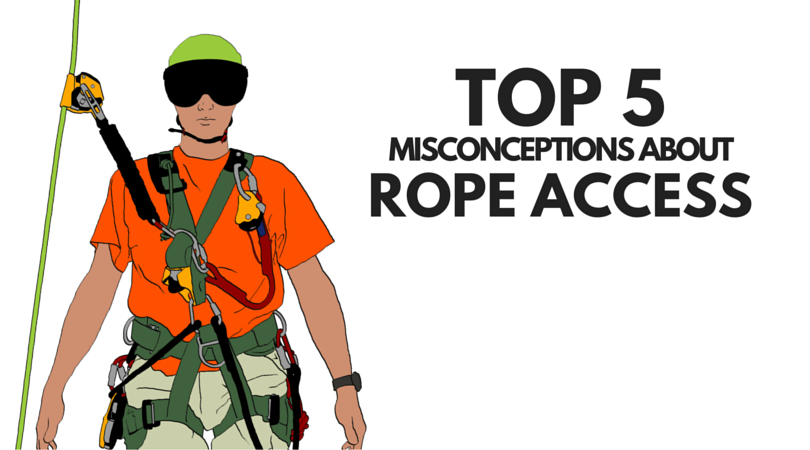
- “Rope access is a trade.” Rope access is not, in itself, a trade. Rope access is the vehicle that gets a technician from point A to point B in order to perform a trade or skill. There’s a huge difference, and it is consistently and nearly universally overlooked. Becoming a level 1 rope tech isn’t going to get one anywhere other than to the physical spot on the tower/building/structure/rig where the actual work needs to be done. It should go without saying that the probability of someone hiring a rope tech for the sole purpose of ascending or descending a line only is pretty low. Be prepared to accept the fact that rope access needs to be paired with a skill or a trade.
- “Starting pay is $X per hour.” Rope access is like any other industry when it comes to pay; different companies have different budgets, pay scales and projects requiring technicians. An international or publicly traded company with large scale funding will absolutely pay a technician more per hour than a small business that works one project at a time. In addition to this, misconception number one comes into play again: if a technician has no trade to perform on rope, s/he’s going to make less per hour than a technician who is also a welder, NDE inspector, or even one who simply has experience performing a certain skill, like lighted sign maintenance.
- “Being certified is going to guarantee me work.” We see it constantly: technicians have a brand new certification, zero logged hours of rope access work, and are genuinely surprised by the fact that they do not have a large number of jobs to choose from. Rope access is an industry filled with highly competitive, hardworking technicians who are constantly trying to bulk up their resume in order to acquire better projects and positions. Being certified is not enough to get a technician work; rope access professionals must also be hungry for knowledge, experience and self-improvement because while the industry is small, there is still not a never-ending supply of work.
- “My employer is legally required to provide me with my rope access kit.” We are still fighting this battle, always. Many people in the industry think that OSHA’s requirements for supplying employees with PPE applies to rope access, which it does not. “On May 15, 2008, a new OSHA rule about employer payment for PPE went into effect. With few exceptions, OSHA now requires employers to pay for personal protective equipment used to comply with OSHA standards.” There are currently no OSHA standards in place for rope access, meaning this OSHA standard does not apply to rope access. Some employers with more financial backing may be able to provide kits to their employees, however it is not required by OSHA or any other governing party.
- “Rope access is an industry of men only.” Like many professions, it’s a common assumption and misconception that the work force is entirely comprised of men. Industries like construction, welding, engineering, nearly anything involving athletics, and even computer programming are all erroneously assumed to be men-only. Rope access is a field of work that clearly has more male technicians than women, but that should not deter any women from entering the field. One of the founding members of SPRAT (Society of Professional Rope Access Technicians) was Loui McCurley, who is a widely renowned industry leader, and who is currently the CEO of one of the most esteemed manufacturers of rope and equipment in the industry (PMI). Our academy has had incredibly successful female students, who have gone on to have rewarding careers in the industry, and that is not as uncommon in rope access as you might think.
